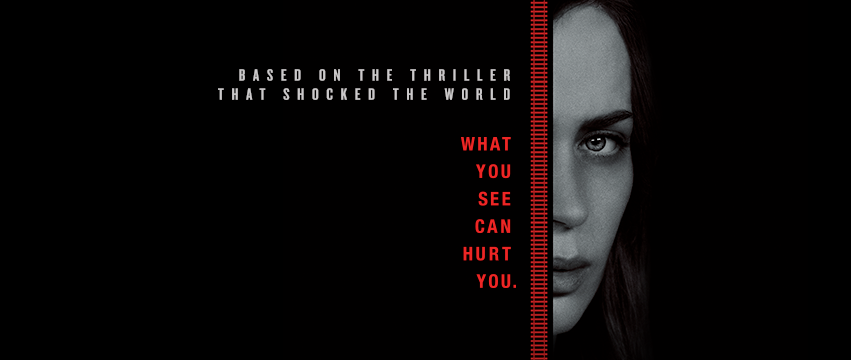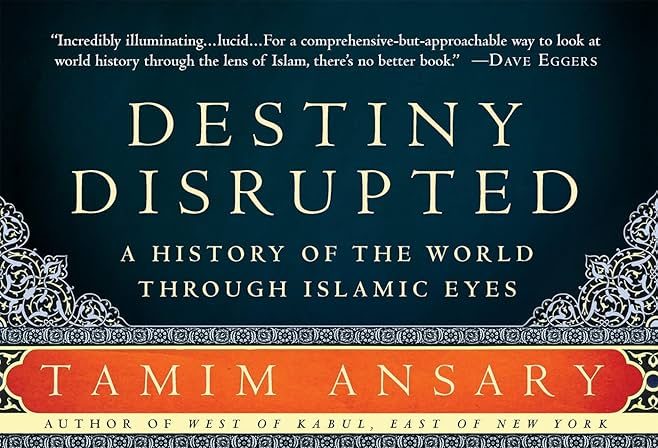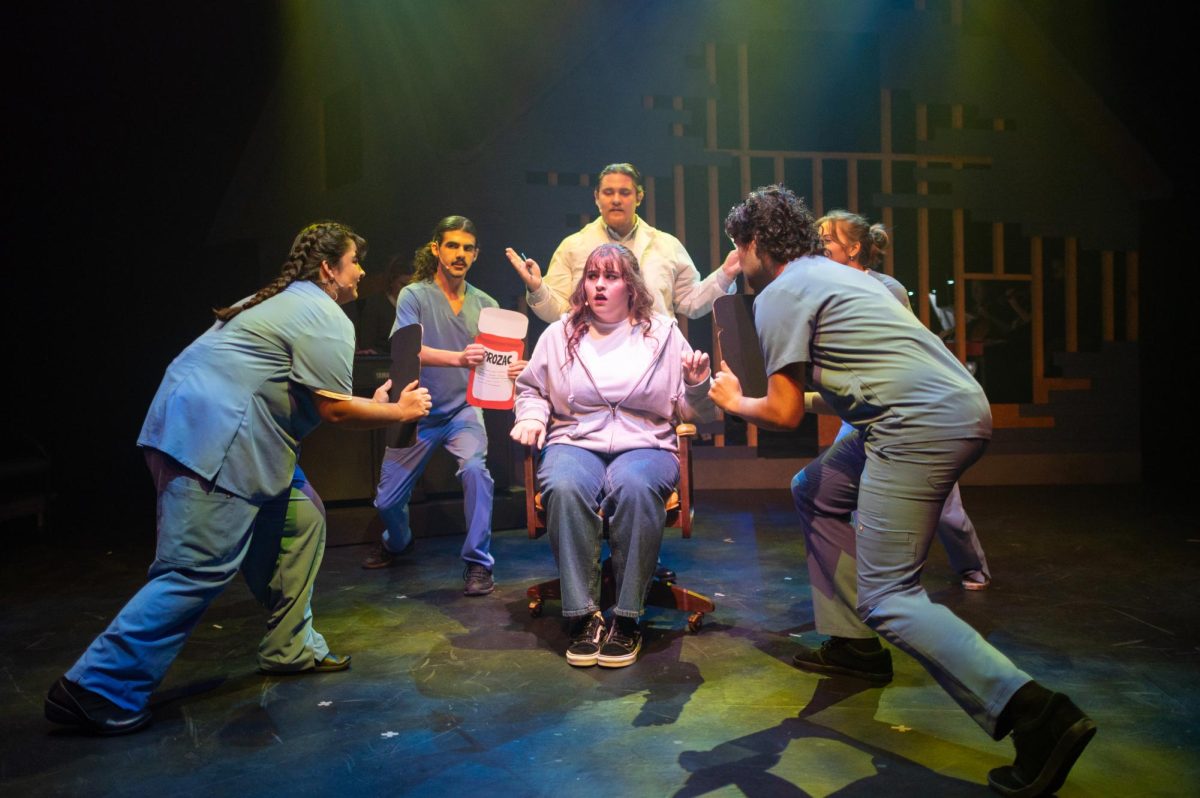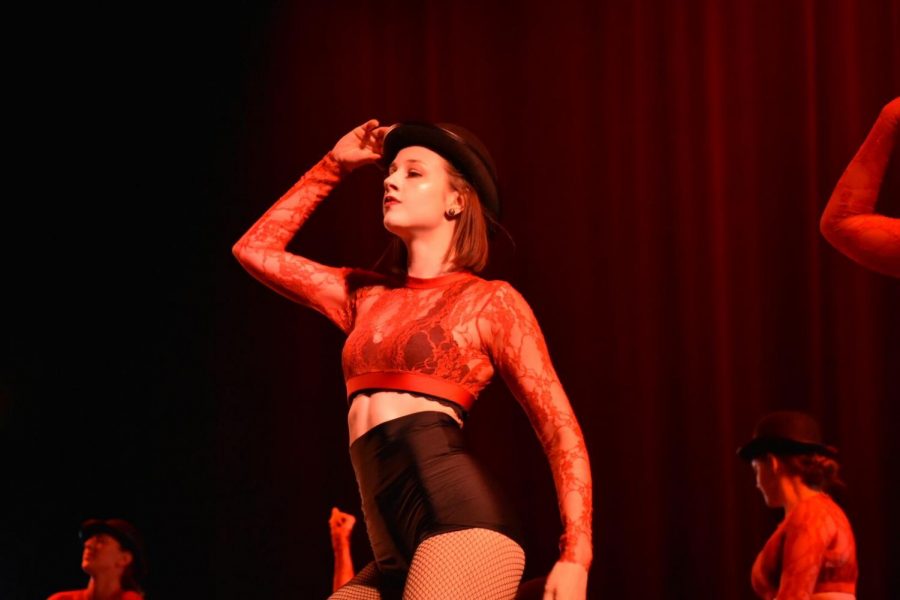*Caution spoilers ahead*
Rachel is a blackout alcoholic with a stalker-like obsession for her cheating ex-husband. If that already doesn’t sound miserable enough, Rachel drunkenly hurls herself into a whirl-wind of a murder mystery by observing the lives of a seemingly perfect couple behind the window of a train.
“The Girl on the Train” is a dark, suspenseful film that follows the lives and secrets of Rachel’s ex-husband’s mistresses and their doomed fates. Based on Paula Hawkin’s best-selling novel, the film goes back and forth through time and flips through the perspectives of each character and their stories leading up to this unexpected and thrilling conclusion.
Emily Blunt did an amazing job portraying the drunken, distraught and pathetic character of Rachel without seeming too melodramatic. A part of what made the film as successful as it was, was due to her talent and the way her character developed throughout the story. In the end, she becomes a different, more head-strong woman, which is suitable for anybody looking for movies with a strong female role.
Other roles played by actors like Jason Theroux and Haley Bennet, successfully brought out the complexities in their characters as well. What was so interesting about the film was the subtle way in which the characters and seemingly perfect couples revealed their flaws and self-destructive tendencies. The audience becomes frustrated with the characters, which is relinquished in time by the uncloaking of their deepest insecurities and secrets.
Since the book was already so creepy, the film adaptation had the grand responsibility of conveying that same dark and puzzling feeling. The story was set in the gloomy outskirts of New York City which, according to the book was supposed to be London. Many scenes were shot in the dimly lit train carriages and black tunnels of desolate suburbia, which were also referenced in Rachels obscure, blacked out flashbacks. Her eerie visual recollections of a mysteriously violent night put the audience on edge.
The story started out slow and monotonous, which was disengaging at times. The unfolding of events and Rachel’s attempts to recollect her memories were necessary for the audience to piece together the evidence and hypothesize what was to come.
“I felt that the beginning of the movie was pretty slow and the train scenes were sometimes too drawn out,” audience member Kaitlin Carroll said. “but the book was really descriptive so it was important to set the scene. People always want to see something exciting right away, but the slowness paid off in the end.”
Without any expectations, the film was a thrilling ride and the perfect distraction from the current gloomy weather. Go see a uniquely thrilling movie and support your local theater.
Anisha Brady can be reached at [email protected] or @theorion_arts on Twitter.









